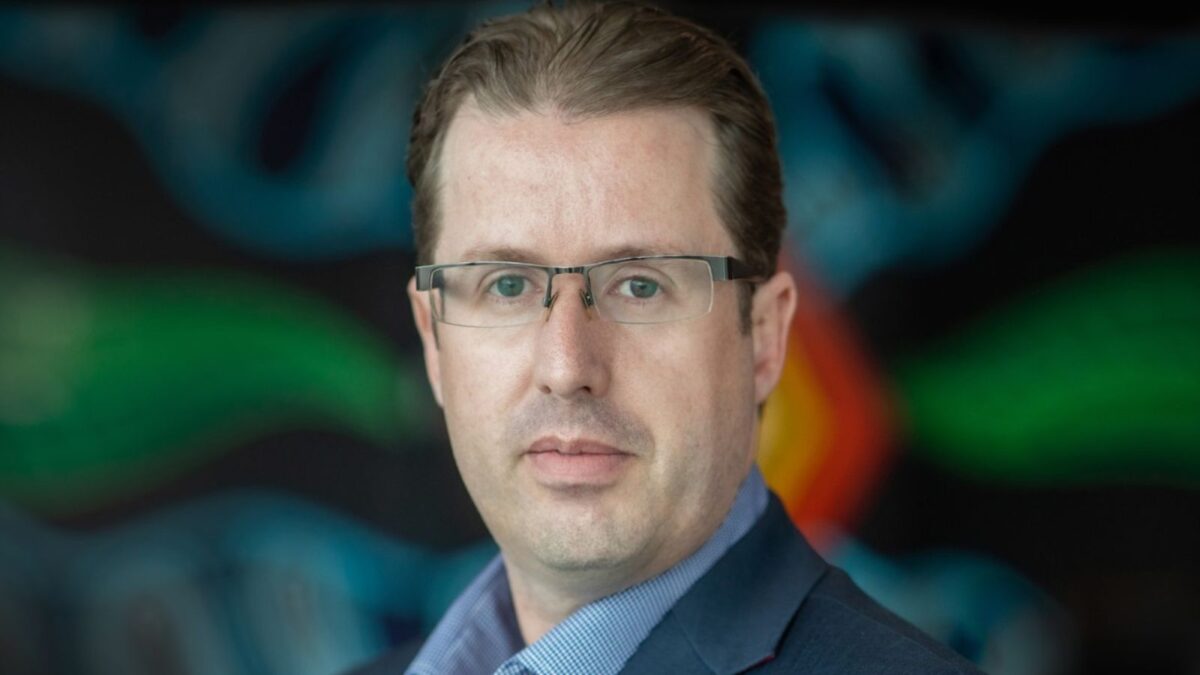What Cbus would have done differently on its internalisation journey
Understanding where it has a competitive edge and investing heavily in tech uplift and personnel has made Cbus’ internalisation program highly successful, according to CIO Brett Chatfield, and with that platform in place it can move faster to bring more asset classes in-house in the future.
Cbus made the decision to internalise some investment management as it approached the $50 billion mark in 2016. Fees were important – and have come down as a result – but, with the fund expected to grow even more rapidly as a result of inflows and compounding, the Cbus team wanted to be “in control of our destiny and portfolio”, Chatfield said.
“(We) wanted to make sure it had the appropriate resourcing and capability internally to really use that size to our benefit, to ensure that we’re promoting value creation by companies and holding companies to account on ESG and governance issues and make sure we’re driving long-term returns in the markets we invest in,” Chatfield told the Don’t Get Fired Podcast, from the Stanford Centre for Long-Term Investing.
The fund uses what Chatfield calls a “differentiated hybrid model”, bringing asset classes in-house based on how much of an edge it thinks it has managing them and outsourcing the rest. Around 40 per cent of assets are now managed internally, a journey that began “somewhat counterintuitively” with global equities, in 2017.
“That was a very deliberate decision around our view that a strategy such as global quality could be done successfully from Australia – there were a number of investment managers who have done that from Australia, and the types of companies you’re investing in means there’s less benefit to being located on the ground in other regions,” Chatfield said. “It’s got a good track record, it manages about $4.5 billion and it’s outperformed by 300 basis points per annum, so it’s been a very successful internal strategy that we’ve built out.”
It also runs internal emerging market and Australian equities strategies, some infrastructure direct and co-investments, gets more than half of its property exposure through its wholly-owned property platform, and has also built out an internal “portfolio optimisation strategy”.
“That’s really around leveraging our securities lending program, but really taking that to the next level; how do we sweat our assets better, how do we get incremental return out of short term illiquidity from our assets, given we do have a large illiquid asset portfolio,” Chatfield said.
In 2016 Cbus had around 15 front office investment personnel; now it has more than a hundred. That meant rethinking its remuneration model to attract the right personnel – and thinking hard about who the ‘right’ personnel were with an eye to its culture – as well as making “some people changes along the way”. Managing more assets in-house also meant investing heavily in the tech stack too.
“Like a lot of super funds we use a system called Matrix to pull together our holdings and data and index data from our custodian J.P. Morgan, and a whole range of other sources to give a really good picture each day of the portfolio,” Chatfield said. “We were also an early adopter of risk systems; we’ve had Barra Inc. (systems) built out within our business since about 2014, and we spend a lot of time modelling up particularly unlisted assets within that system.
“On the performance attribution side, to make sure we can really granularly assess everything we do, we use a system called Pearl from a business called OrTech – probably the leading performance attribution system.”
But while the internalisation program has been successful, Chatfield said, it could have been even more bold.
“Overall we’re pretty happy with where things have gone, but we were probably too conservative around the timing and rollout of some aspects and we could have pushed a bit harder… It’s always a double-edged sword, because there’s clear benefits to taking a pretty sequential and measured approach, but in hindsight we could’ve pushed things harder and quicker.”
“Now that we have the platform and capability and infrastructure all in place, if we’ve got something we want to do we try to get it in place fairly quickly now, more quickly than we have in the past – and that’s a function of things being more mature. Be a bit more ambitious in how you do things and do things on a bigger scale.”











